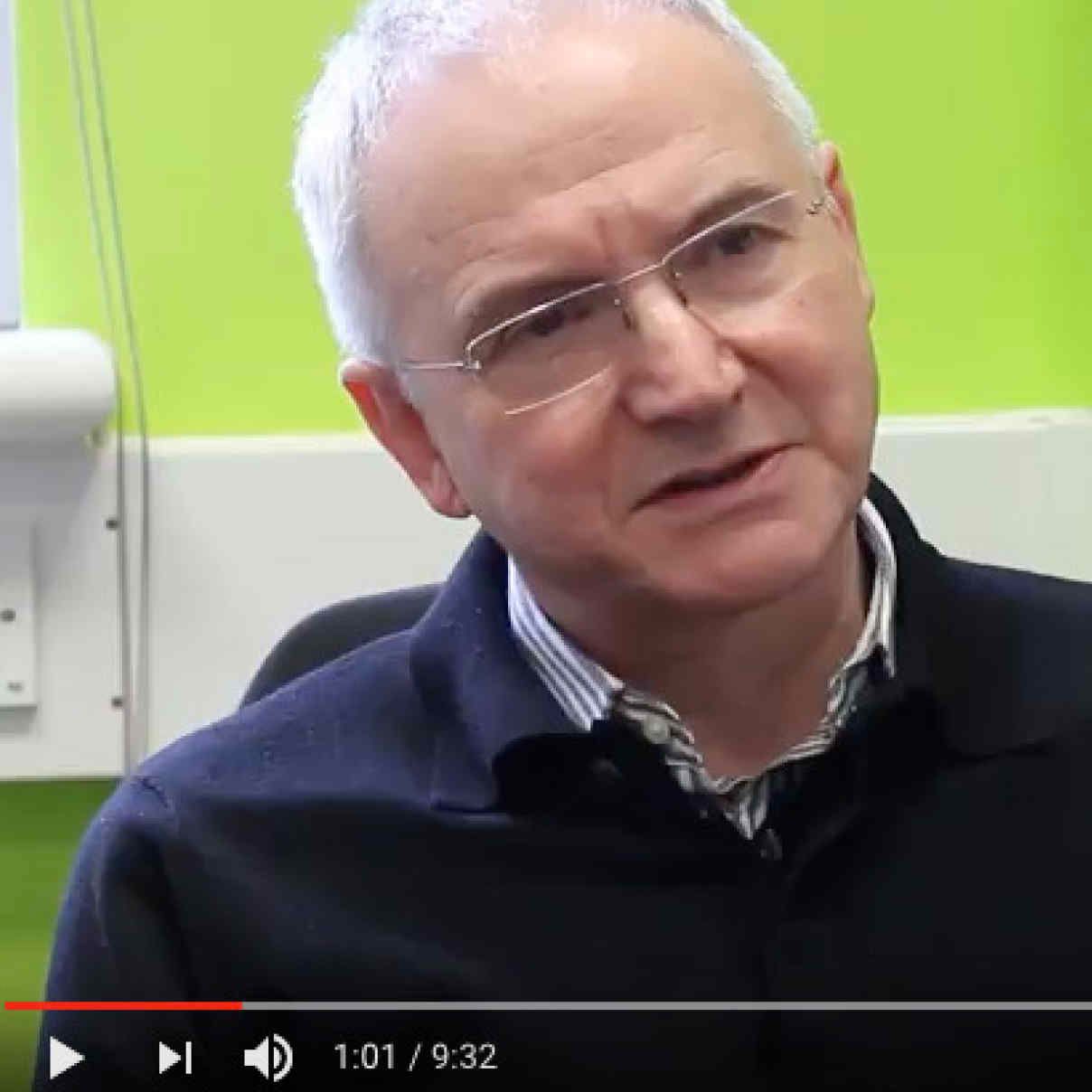BibTex format
@article{Davies:2018:10.1056/NEJMoa1807119,
author = {Davies, JC and Moskowitz, SM and Brown, C and Horsley, A and Mall, MA and McKone, EF and Plant, BJ and Prais, D and Ramsey, BW and Taylor-Cousar, JL and Tullis, E and Uluer, A and McKee, CM and Robertson, S and Shilling, RA and Simard, C and Van, Goor F and Waltz, D and Xuan, F and Young, T and Rowe, SM},
doi = {10.1056/NEJMoa1807119},
journal = {New England Journal of Medicine},
pages = {1599--1611},
title = {VX-659-Tezacaftor-Ivacaftor in patients with cystic fibrosis and one or two Phe508del alleles},
url = {http://dx.doi.org/10.1056/NEJMoa1807119},
volume = {379},
year = {2018}
}
RIS format (EndNote, RefMan)
TY - JOUR
AB - BackgroundThe next-generation cystic fibrosis transmembrane conductance regulator (CFTR) corrector VX-659, in triple combination with tezacaftor and ivacaftor (VX-659–tezacaftor–ivacaftor), was developed to restore the function of Phe508del CFTR protein in patients with cystic fibrosis.MethodsWe evaluated the effects of VX-659–tezacaftor–ivacaftor on the processing, trafficking, and function of Phe508del CFTR protein using human bronchial epithelial cells. A range of oral VX-659–tezacaftor–ivacaftor doses in triple combination were then evaluated in randomized, controlled, double-blind, multicenter trials involving patients with cystic fibrosis who were heterozygous for the Phe508del CFTR mutation and a minimal-function CFTR mutation (Phe508del–MF genotypes) or homozygous for the Phe508del CFTR mutation (Phe508del–Phe508del genotype). The primary end points were safety and the absolute change from baseline in the percentage of predicted forced expiratory volume in 1 second (FEV1).ResultsVX-659–tezacaftor–ivacaftor significantly improved the processing and trafficking of Phe508del CFTR protein as well as chloride transport in vitro. In patients, VX-659–tezacaftor–ivacaftor had an acceptable safety and side-effect profile. Most adverse events were mild or moderate. VX-659–tezacaftor–ivacaftor resulted in significant mean increases in the percentage of predicted FEV1 through day 29 (P<0.001) of up to 13.3 points in patients with Phe508del–MF genotypes; in patients with the Phe508del–Phe508del genotype already receiving tezacaftor–ivacaftor, adding VX-659 resulted in a further 9.7-point increase in the percentage of predicted FEV1. The sweat chloride concentrations and scores on the respiratory domain of the Cystic Fibrosis Questionnaire–Revised improved in both patient populations.ConclusionsRobust in vitro activity of VX-659–tezacaftor–ivacaftor t
AU - Davies,JC
AU - Moskowitz,SM
AU - Brown,C
AU - Horsley,A
AU - Mall,MA
AU - McKone,EF
AU - Plant,BJ
AU - Prais,D
AU - Ramsey,BW
AU - Taylor-Cousar,JL
AU - Tullis,E
AU - Uluer,A
AU - McKee,CM
AU - Robertson,S
AU - Shilling,RA
AU - Simard,C
AU - Van,Goor F
AU - Waltz,D
AU - Xuan,F
AU - Young,T
AU - Rowe,SM
DO - 10.1056/NEJMoa1807119
EP - 1611
PY - 2018///
SN - 0028-4793
SP - 1599
TI - VX-659-Tezacaftor-Ivacaftor in patients with cystic fibrosis and one or two Phe508del alleles
T2 - New England Journal of Medicine
UR - http://dx.doi.org/10.1056/NEJMoa1807119
UR - http://gateway.webofknowledge.com/gateway/Gateway.cgi?GWVersion=2&SrcApp=PARTNER_APP&SrcAuth=LinksAMR&KeyUT=WOS:000448273500005&DestLinkType=FullRecord&DestApp=ALL_WOS&UsrCustomerID=1ba7043ffcc86c417c072aa74d649202
UR - https://www.nejm.org/doi/10.1056/NEJMoa1807119
UR - http://hdl.handle.net/10044/1/64305
VL - 379
ER -
